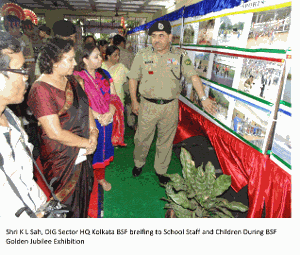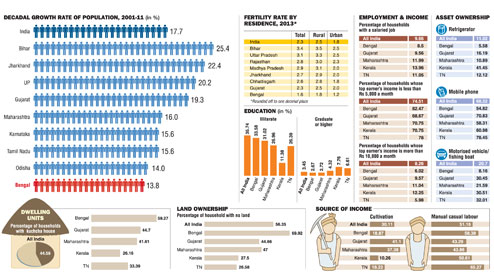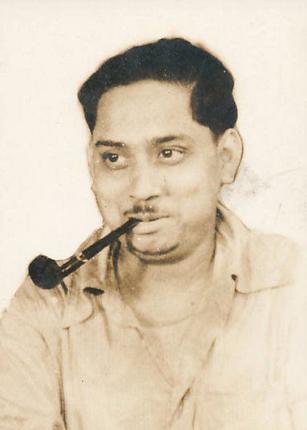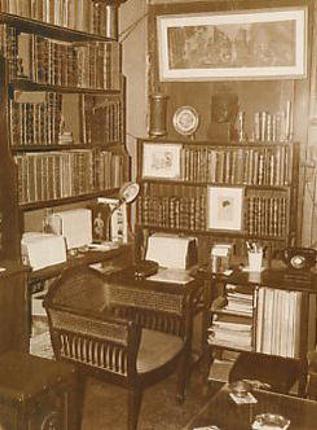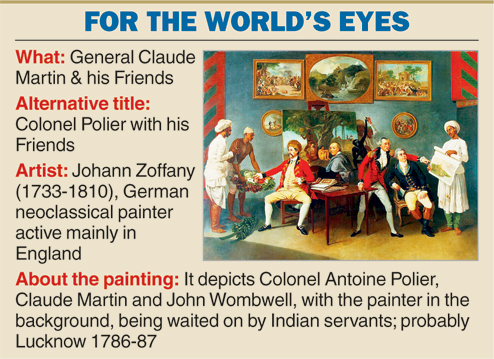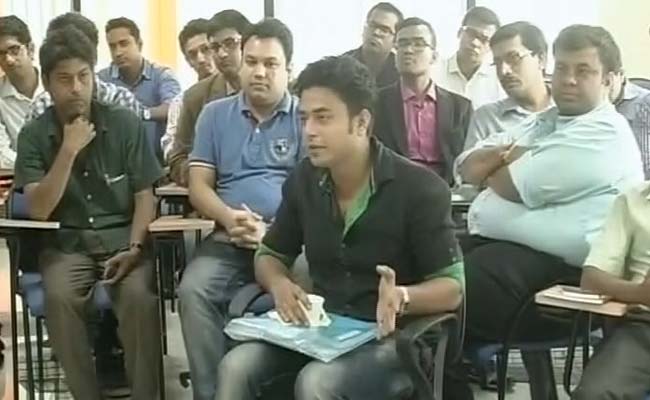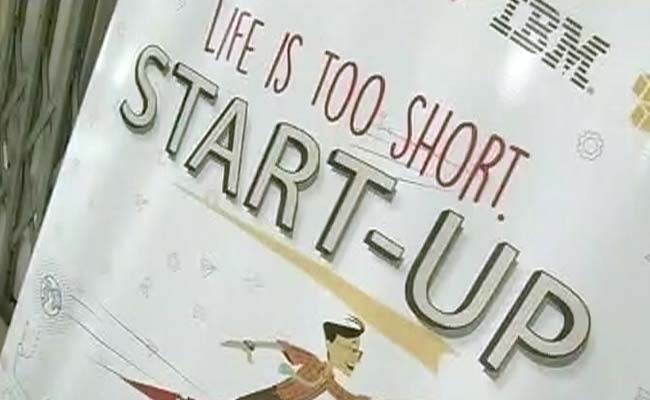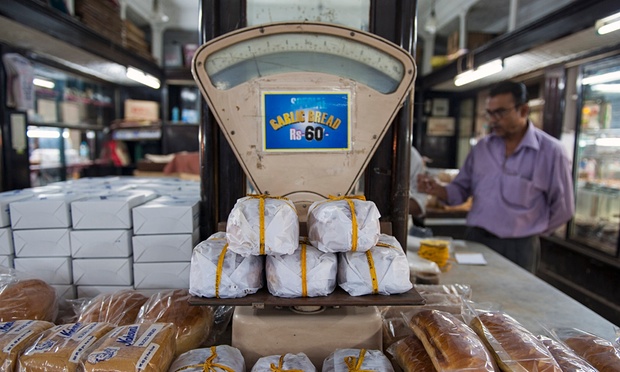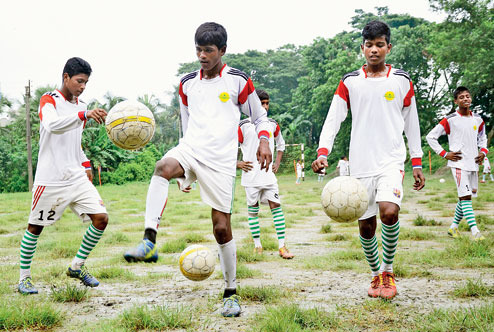
Tapas Khan is his team’s star striker but often sleeps hungry. Sanu Manna is greased lightning in the midfield but the struggles of life sometimes sap his spirit. Bijay Mondal’s long-range shooting would do a pro proud but the one goal he is eyeing is a livelihood.
The three 14-year-olds turning out for Deeksha Education Trust scored a stunning goal each in the final of the Calcutta leg of the STAR Sports Young Heroes tournament last month against a stellar school team that was expected to dominate them.
Those who watched the Young Heroes final say St. Lawrence High School didn’t lose the match, the Deeksha boys won it with their natural brilliance.
“We have been playing football together for just the past two years and this was our first inter-school tournament. Before the campaign started, we couldn’t have imagined winning the Calcutta leg over so many top schools,” Dipankar Pramanik, the captain of the winning team, told Metro.
Dipankar, a student of Class VIII at the NGO-run school in Dihi village of Sonarpur, South 24-Parganas, was one of the stars of the tournament with four goals.
Like Tapas, Sanu and Bijay, his is a story of fighting poverty to play football. Dipankar’s family is so poor that he often stays in his coach Jhoton Manna’s house to ease the burden on his elder brother, who is the breadwinner.
“We are six, including my parents, elder brother, sister-in-law and niece. We live in a mud hut. My father is ailing and unable to work. My brother earns around Rs 4,000 a month working in a local hospital. I dream of ending my family’s misery by playing for a big club,” Dipankar said.
The Deeksha captain takes pride in the fact that his team’s success in the STAR Sports Young Heroes tournament came against the top school teams of Calcutta, including La Martiniere for Boys, St. James’ School and St. Xavier’s Collegiate School.
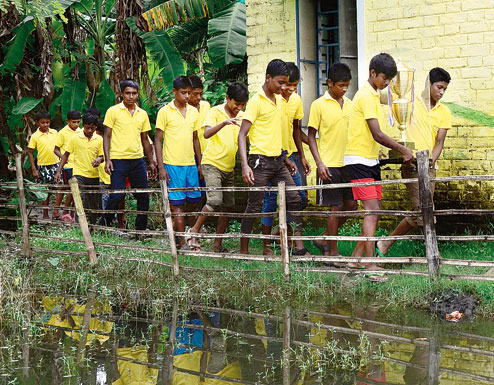
STAR Sports Young Heroes is an under-15 national inter-school football tournament-cum-talent scouting programme that involves over 650 schools. As many as 64 school teams from across Bengal had competed in the Calcutta leg, culminating in Deeksha’s 3-0 victory over St. Lawrence at the Howrah Municipal Corporation Stadium.
For Class VIII student Tapas, the second highest scorer for his team in the tournament with three goals, football is the lone bright spot in a life beset with problems. His father has been battling tuberculosis for seven years and his elder brother, a masonry apprentice, doesn’t earn enough to feed the five-member family.
Sanu, a student of Class IX and the midfield general of the Deeksha squad, isn’t sure he will be able to continue playing football. His father, a barber, struggles to support the family of five and Sanu is bracing for the day he will have to give up playing to earn a living.
Classmate Bijay, who too comes from a poverty-stricken family, lost his mother to snakebite a few months ago and he wakes up every morning worrying about where the next meal will come from. “My coach tells me that I am doing well but I wonder whether football will earn me a living,” he said.
Debdas Munda, a student of Class IX who defended so well that Deeksha didn’t concede a single goal in the tournament, is the son of a vegetable vendor. His next challenge is to prove he is good enough to be a professional footballer before his father asks him to work for a living.
Debdas has at least one reason to be optimistic. Former Iran footballer and Maidan hero Jamshid Nassiri, who is the head mentor of the talent scouting programme, picked him among the three most talented footballers in the Calcutta leg of the tournament.
The other two boys who made the cut are Kiyan Nassiri, a Class VIII student at St. James’ School, and Saaron Bhattacharya, a Class IX boy from Julien Day School, Kalyani.
“I will pick the 45 most talented under-15 players from 15 cities to undergo training under professional Spanish coaches, who would then choose the top 16 players. These 16 players would be flown to Spain for an international exposure trip. After they return, we will help them compete for selection to the under-17 squads of big clubs and academies, provided their parents agree to cooperate,” Nassiri said.
Debasish Sarkar of Deeksha, who along with his wife and three friends had started the school in 2012, said the STAR Sports Young Heroes campaign was much more than a tournament for his institute. “The football team has changed the culture and atmosphere of the village. They have shown what they can do and everyone is proud of them.”
Sarkar first took note of the Deeksha boys’ potential when his son Dion, an alumnus of South Point, visited the village with his school football team to play a friendly. The visitors conceded seven goals. “I was amazed by their game and requested (coach) Jhoton to take special care of them and build the team,” he recounted.
Jhoton, 20, used to be the best football player in Dihi until a spinal cord injury two years ago dashed his dream of turning professional. “I will be happy if I can help some of these boys grow as players. But I feel we also need a professional coach to groom them properly,” Jhoton said.
Sarkar has approached some Calcutta-based coaches to help take the team to the next level but nobody has agreed yet. “The distance from Calcutta to Dihi village (around 35km) is a huge constraint,” he said.
Under Jhoton’s tutelage, Dipankar and his teammates are preparing for their next challenge: the national final of the Young Heroes tournament, where they will be up against 14 champion teams from as many cities.
Besides concentrating on bettering their game, the boys are eager to hone their conversational English. “Since returning victorious from the Calcutta leg, they have been requesting me to teach them how to communicate in English with teammates on the field. They heard the city boys doing that during the tournament!” smiled Sarkar, who teaches science and English at the school.
If learning to converse in English is a skill the boys aim to acquire over time, the national leg of the Young Heroes tournament is a mission. They believe a better future is just a goal away.
source: http://www.telegraphindia.com / The Telegraph, Calcutta,India / Front Page> Calcutta> Story / by Ayan Paul / Thursday – September 10th, 2015
